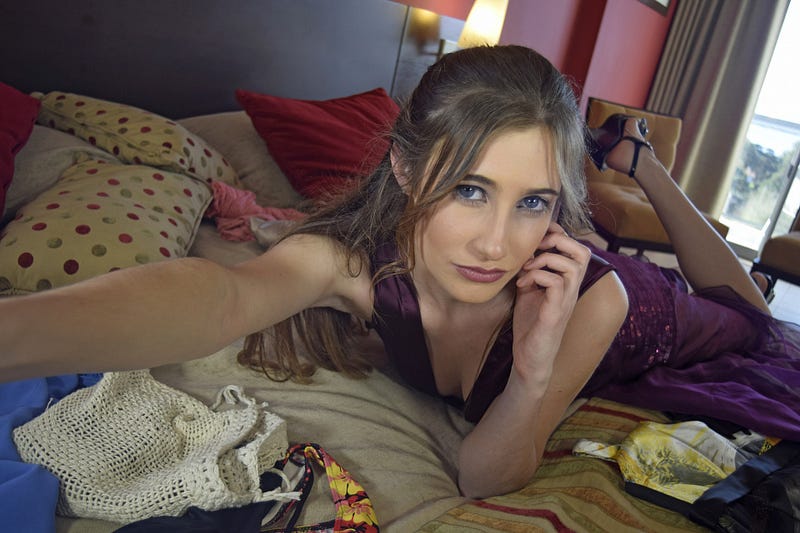The Rising Popularity of TikTok: A Double-Edged Sword
Written on
Chapter 1: A Shift in Online Popularity
You may recall the iconic moment when the Beatles first landed in America, thrilling fans everywhere. John Lennon famously proclaimed that the Beatles were, "More popular than Jesus." Fast forward to today, and we find a website that has eclipsed Google in popularity. Yes, you read that correctly—more popular than Google? That sounds outrageous unless it's factual.
So, what platform could possibly surpass the world's largest search engine? The answer is TikTok. As of August 2021, TikTok has dethroned Google, as reported by Cloudflare. This marks a significant transition from an information-centric site to an entertainment-focused platform, altering the landscape of online engagement.
The pandemic likely played a pivotal role in this shift, pushing an entire generation to seek social interaction online rather than in traditional settings. TikTok exploded in popularity among Gen Z teenagers, particularly as the pandemic took hold. However, this surge in popularity has not come without its challenges, especially for younger female creators.
Section 1.1: The Psychological Impact on Teenage Girls
Many young individuals mistakenly link their self-worth to the number of likes and followers they accumulate. For boys, this often translates to performing goofy pranks to garner attention, whereas for girls, it frequently leads to more sexually suggestive content. This trend can lead to significant psychological issues, especially when a video gains viral traction and attracts a wide audience, including unwelcome attention.
Recent reports from the Wall Street Journal indicate that teenage girls are experiencing heightened anxiety linked to their popularity derived from “sexually explicit” posts. Psychologist Paul Sunseri highlighted the dangers of young girls navigating a sexualized online world, stating, “For a young girl who’s developing her identity, to be swept up into a sexual world like that is hugely destructive.” He noted that a quarter of the girls he treats have shared sexualized content on TikTok, leading them to equate their value with their physical appearance.
Subsection 1.1.1: Alarming Statistics from Treatment Centers

At Newport Academy in Atlanta, a staggering 60% of girls in the outpatient program found themselves there after posting sexualized videos on TikTok, according to program director Crystal Burwell.
Section 1.2: TikTok's Response and Responsibility
What is TikTok doing about this pressing issue? The platform, owned by a Chinese company, has access to extensive user data and understands user preferences based on how long they engage with certain types of content. This method isn't revolutionary; many platforms employ similar tactics. For instance, lingering over an Instagram post without liking it may indicate more genuine interest than quickly liking a photo and moving on.
These algorithms often favor more provocative content, prompting a debate between freedom of expression and the need to safeguard individuals from exploitation. A spokesperson for TikTok stated, “We think carefully about the well-being of teens as we design our safety and privacy settings and restrict features on TikTok by age. We’ve also collaborated with youth safety experts to create resources aimed at fostering digital safety and literacy discussions among parents and teens.”
While this may sound reasonable, it feels like a standard corporate response. TikTok also claims that “overtly sexually suggestive” content may not qualify for recommendations. Additionally, content from users claiming to be under 16 is not promoted or searchable.